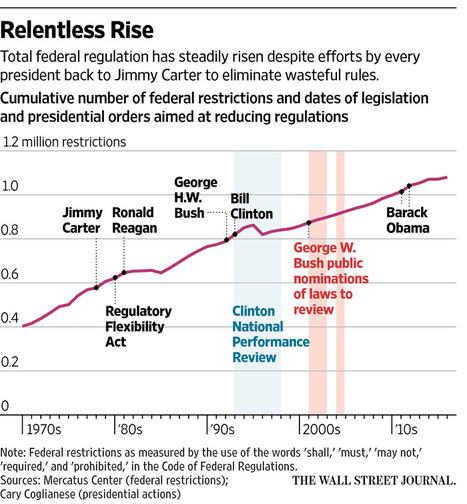(p. A15) “Beyond Earth” is delightfully different from any other book I’ve ever read by human-spaceflight cheerleaders. The authors have put their thinking caps on and broken out of the usual orthodoxy by presenting cogent ideas on why humans should go into space, including their lovely idea of going to and living on obscure (to most folks) Titan. We go, they say, because we need to go, not just to explore and study but to find another place to live and, if we want to, screw it up just as much as we have screwed up Earth, because that’s what we do, that’s what makes us human. We may make mistakes but, by God, we also produce great civilizations and art and, yes, science in the process. We’ve done Earth, so let’s now go wherever our abilities take us and physics allow.
. . .
The one great truth I always tell people wanting to understand the American space program is this: The federal government doesn’t give a flip about human spaceflight. That’s why Apollo was canceled just as it hit its stride, why the shuttle program was underfunded from its inception, and why, after the shuttle was retired, NASA had nothing to replace it with. No one who holds the purse strings for NASA really cares whether American astronauts ever go anywhere. It’s just not that important to a country beset with a vast array of pressing problems.
What keeps the current space program going at all is pure pork-barrel politics. That’s why President Obama didn’t blink an eye when he signed NASA budgets that provided funds to build a giant rocket called the Space Launch System, which has no well-defined purpose, as well as a crewed capsule called Orion, which has no specifically assigned places to go. As proof that spending money isn’t evidence of support, there wasn’t one dime in those budgets to procure and deliver the accouterments needed for true human space endeavors–no space suits, no planetary landers, no rovers, no habitats, nothing but the bottom and top of a big, expensive rocket that will require a vast marching army to operate for no apparent reason.
For the full review, see:
HOMER HICKAM. “BOOKSHELF; Forget Mars, Aim for Titan.” The Wall Street Journal (Fri., December 16, 2016): A15.
(Note: ellipsis added.)
(Note: the online version of the review has the date Dec. 15, 2016,)
The book under review, is:
Wohlforth, Charles, and Hendrix. Amanda R. Beyond Earth: Our Path to a New Home in the Planets. New York: Pantheon, 2016.
 Source of graph: online version of the WSJ article quoted and cited below.
Source of graph: online version of the WSJ article quoted and cited below.